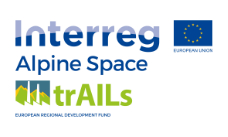Understanding the Alps
We observed and described some social phenomena related to the communities we met. In particular, we wanted to collect first-hand accounts of the Alpine identity of the villages, the history and memory of the industrial past, the cultural traumas brought about by the disappearance of the golden age of industry and the transitions taking place, and the imaginaries and aspirations for the future.
We did this by conducting semi-structured in-depth interviews, characterized by a low level of standardization, which allowed the witnesses to freely recount, without rigid restrictions, their experience. The methodological paradigm closest to the type of interviews we conducted is that of the comprising interview in which «the researcher actively engages in the questions, to cause the interviewee to engage. At the time of content analysis, the interpretation of the material is not avoided but, on the contrary, constitutes a decisive element» (J.C. Kaufmann, L’entretien compréhensif, 2007).
THE ALPINE IDENTITY
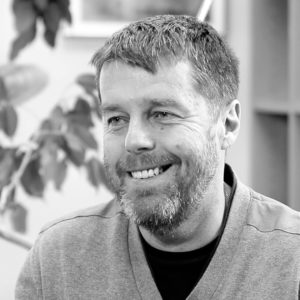
We're like that, a bit 'mountain people', I would say... I also believe that we have a very faithful and also very reliable character.
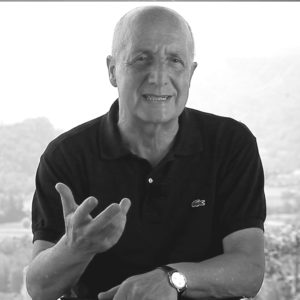
The character is the typical alpine character, so very pragmatic, industrious and hard-working people, open...The Alps have always been a transit zone, therefore not a barrier but a hinge that connected the European sides.
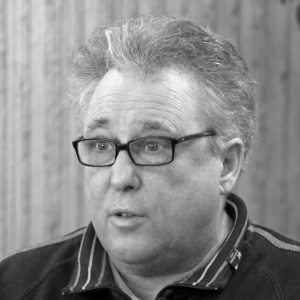
These are people who live in the mountains...living conditions have often been very difficult in the mountains.
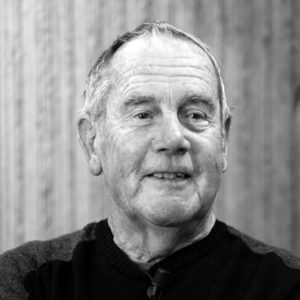
They're suspicious...
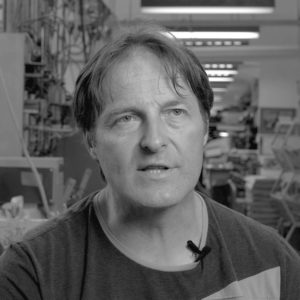
At first sight we look rough, tough... Beacause life around here is tough.
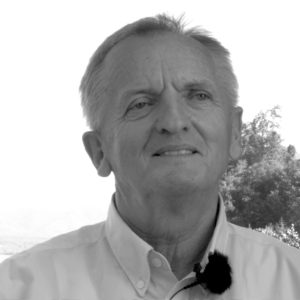
When you first meet them, they might be a bit reserved, somewhat distanced from the contact you'd like to have with them but when they open up, they're very nice and hospitable.
FROM MEMORIES TO THE PRESENT
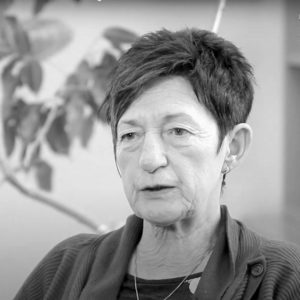
There have been many events here in Eisenerz that have significantly changed the city. Much has dropped in the mines and the work has been lost... However, the Erzberg is still our biggest employer...
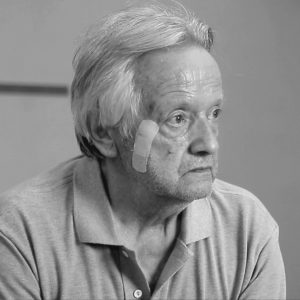
There was no work…Then things changed when Italcementi arrived…the salary arrived at the end of the month[...]. Everyone had their father or grandfather, or uncle, who worked at Italcementi. However we call it stone but for us, this was our oil!
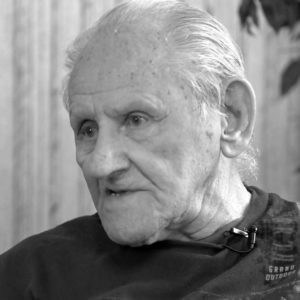
Pechiney...It's paternalism!
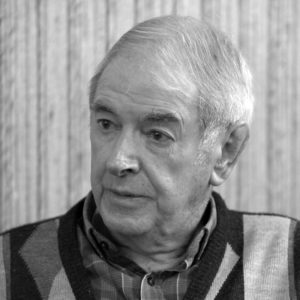
They wanted to work in Péchiney because of…a salary!
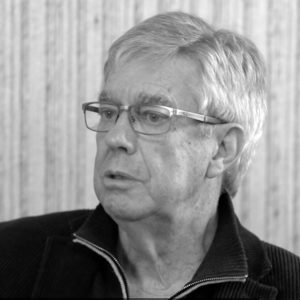
It was the biggest industry there was. I think there were 850 people there...We couldn't talk about L'Argentière without talking about Pechiney.

I remember the period of the industrial times when lines of people walked from Tržič to Peko and the cotton mill...It was a fascinating sight. We all lived, with a sense of it being something great... If I looked at the lines ten years before or ten years after, the difference would be huge.
THE IMPACT OF THE DE-INDUSTRIALIZATION
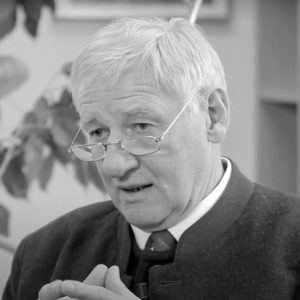
Just a number, 1962 - 4.500 workers and employees in Erzberg. Today, 200. [...] The decline of the Pilkington company had a further negative impact in many ways. Firstly, the loss of jobs and secondly, a loss of confidence in entrepreneurial skills.
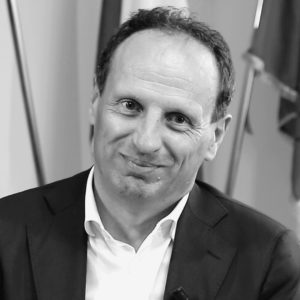
Perhaps Borgo had lost its identity. [...] During the industrial advent, when we almost felt like gods [...] Work for all, unlimited progress, it will be like this forever. But then we realized that it wasn’t so.
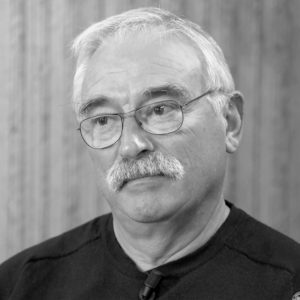
When they demolished the entire northern part of the factory, it was something quite shocking for everyone [...]. It’s a passage that marked the rebirth of L’Argentière, but also marked the end of a certain age, of a prosperity period.
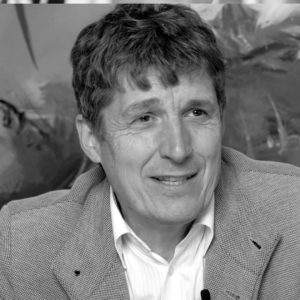
This town, which was one of the industrial centres in former Yugoslavia with a few thousand employees, where every day more than 10 buses from other places in Gorenjska drove people to work, became, with the loss of Yugoslav markets, the decline of labour-intensive activities, a completely different town.
THE PATRIMONIALIZATION
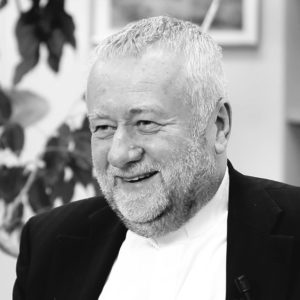
[...] the Schichtturm as a Renaissance building, as a symbol of work activity, is a symbol of work itself.
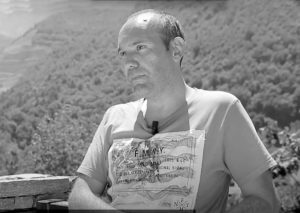
We have two thousand years of history...but the best place is Monserrato, it's one of the most beautiful overlooks in the province and you would also realize how the city of Borgo has grown and how it's now one with the city of Cuneo.

Those chimneys, which many years ago represented such a happy moment of industrial development, today seem almost like a cemetery of something to be erased…

Horloge des Hermes on the rocky promontory...Legend has it, that in the 1920's, workers didn’t have enough money to buy watches and therefore arrived late at work [...]. The boss said "I'll find a solution!" and he built this magnificent clock that allowed the entire working population of L’Argentière to arrive on time in the morning.
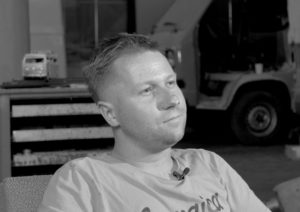
Around the Tržič dairy farms, you can walk, travel [...] you can go from one mountain to the next, stay somewhere overnight, eat some good local food...That's my vision and wish to keep as many people in this area as possible.
TOWARD THE FUTURE
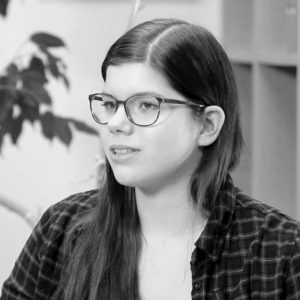
I believe that if the situation with the few jobs does not improve and the population continues to decline, there will be no reason for the young people to stay in Eisenerz...

I would make a small "Silicon Valley" in the Münichtal.
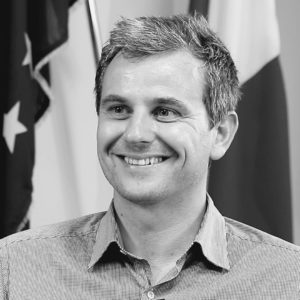
I imagine an ultra-connected, tourist-competitive town...

I would also like to have a technological hub, interacting with universities, I would like to create robotization here...I would like to make a small Silicon Valley here.
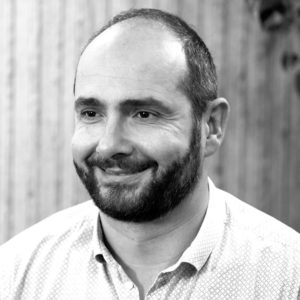
I imagine it very well as a tourist and economic activities area, to try to diversify our tourist activity [...]. I can't imagine a big major project, but rather a lot of small projects to enhance our territory.
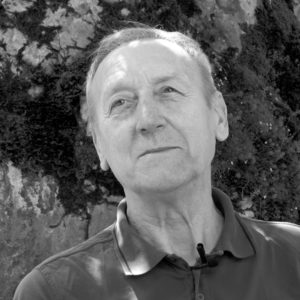
Either robots, or anything computer-related, something new, someting modern...
